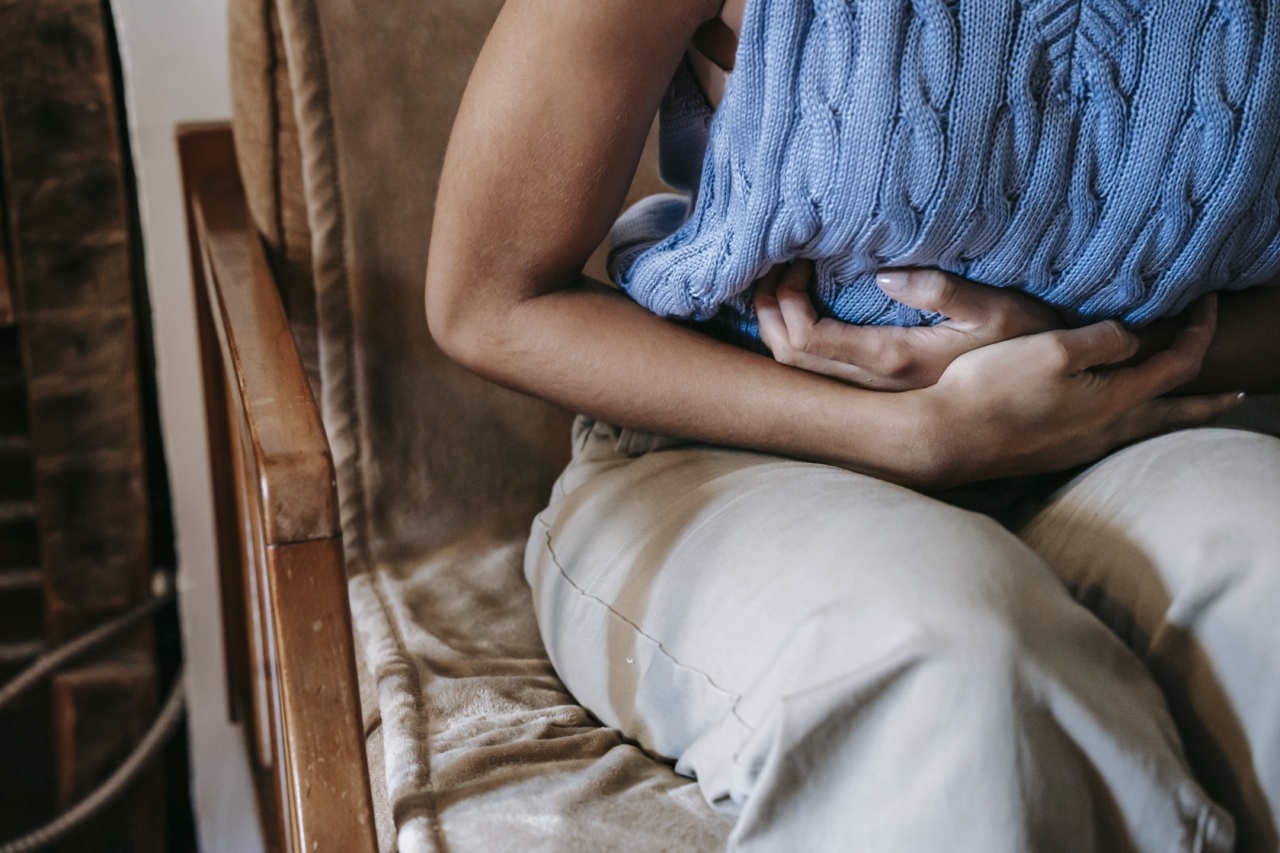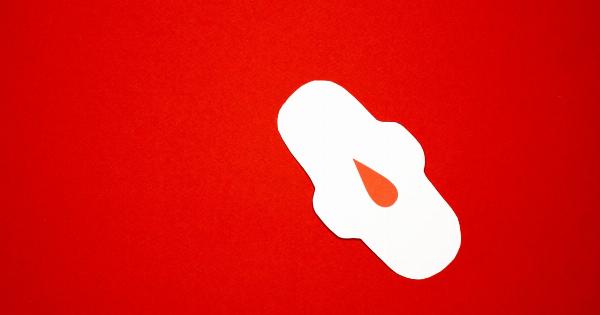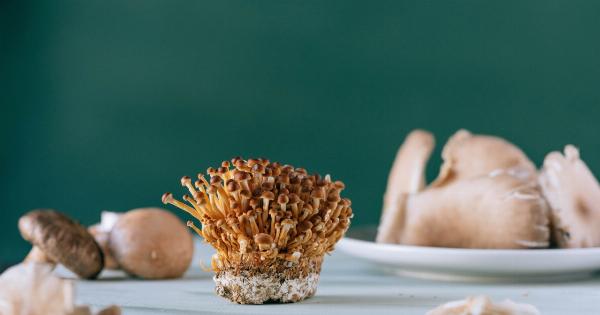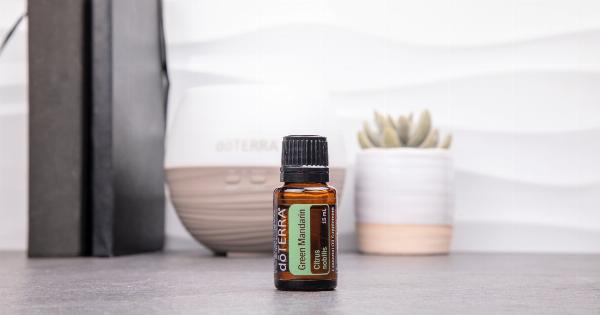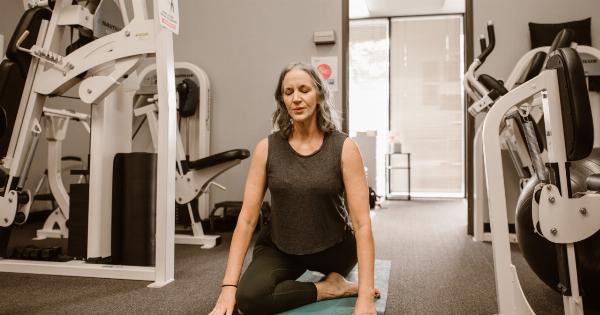For many women, the monthly arrival of their period comes with a side effect they could do without – pain. Known as dysmenorrhea, period pain can range from mild discomfort to excruciating cramps that interfere with daily activities.
Understanding the causes of period pain and finding effective ways to manage it is crucial for women seeking relief. In this article, we will delve into the truth about period pain, exploring its causes and providing tips on how to beat it.
Understanding Period Pain
Menstruation is a natural process in a woman’s body, involving the release of an unfertilized egg and the shedding of the uterine lining. The uterus contracts to help expel the lining, causing pain known as period cramps.
The severity of period pain varies from person to person and may be influenced by factors such as overall health and hormonal imbalances.
Primary Dysmenorrhea: The Common Culprit
Primary dysmenorrhea refers to period pain that is not caused by any underlying medical condition. It is the most common type of period pain and typically affects younger women, usually starting during adolescence.
The exact cause of primary dysmenorrhea is still unclear, but factors such as prostaglandin production, uterine muscle contractions, and hormonal imbalances likely play a role.
Secondary Dysmenorrhea: When Period Pain Indicates an Underlying Issue
Secondary dysmenorrhea refers to period pain that is caused by an underlying medical condition. Conditions such as endometriosis, uterine fibroids, pelvic inflammatory disease, and adenomyosis can contribute to secondary dysmenorrhea.
If you experience severe period pain or notice changes in your periods, it is essential to consult a healthcare professional for further evaluation and proper diagnosis.
Tips to Beat Period Pain
1. Apply Heat
Applying heat to the lower abdomen can help relax the uterine muscles and alleviate period pain. Use a heating pad or take a warm bath to experience soothing relief.
Heat increases blood flow to the area and reduces muscle contractions, reducing pain sensations.
2. Over-the-counter Pain Relievers
Nonsteroidal anti-inflammatory drugs (NSAIDs) such as ibuprofen and naproxen can help reduce period pain by inhibiting prostaglandin production and reducing inflammation.
It is important to follow the recommended dosage and consult with a healthcare provider if you have any underlying medical conditions or medication interactions.
3. Relaxation Techniques
Engaging in relaxation techniques such as deep breathing, meditation, and yoga can help reduce stress and alleviate period pain.
Stress can intensify pain sensations, so finding ways to manage and reduce stress levels during your period can make a difference.
4. Exercise Regularly
Engaging in regular physical activity can help alleviate period pain by releasing endorphins, which act as natural pain relievers. Low-impact exercises such as walking, swimming, and cycling are particularly beneficial.
Remember to listen to your body and choose activities that feel comfortable for you.
5. Dietary Adjustments
Making certain dietary changes may help reduce period pain. Increasing your intake of omega-3 fatty acids found in foods like fatty fish, flaxseeds, and walnuts may help alleviate inflammation and pain.
Additionally, reducing your consumption of caffeine and alcohol may help minimize cramps and discomfort.
6. Herbal Remedies
Some women find relief from period pain by using herbal remedies such as chamomile tea, ginger, and cinnamon. These natural remedies have anti-inflammatory properties and may help ease muscle contractions.
However, it is important to consult with a healthcare provider before trying any new herbal remedies, especially if you have any pre-existing medical conditions or are taking medications.
7. Transcutaneous Electrical Nerve Stimulation (TENS)
TENS is a therapy that involves using low-voltage electrical currents to relieve pain. It works by blocking pain signals and stimulating the release of endorphins.
TENS devices can be purchased for home use, but it is advisable to consult with a healthcare provider or physical therapist for proper guidance.
8. Oral Contraceptives
For women with severe period pain, oral contraceptives (birth control pills) may provide relief. These medications can help regulate hormonal imbalances and reduce the severity of menstrual cramps.
However, it is essential to discuss the use of oral contraceptives with a healthcare provider to determine the most suitable option for an individual’s needs.
9. Acupuncture
Acupuncture is an ancient Chinese practice that involves inserting thin needles into specific points of the body to balance energy flow. Many women report reduced period pain after acupuncture sessions.
If considering acupuncture, it is important to seek a qualified and licensed acupuncturist for safe and effective treatment.
10. Seeking Professional Help
If home remedies and over-the-counter options do not provide sufficient relief from period pain, it is important to seek professional help.
A healthcare provider can evaluate the underlying causes of the pain and recommend appropriate medical treatments or interventions.
By understanding the causes of period pain and utilizing various strategies, women can find relief from the uncomfortable symptoms associated with menstruation.
Every woman’s experience with period pain is unique, so it is important to explore different methods and find what works best for you. Don’t let period pain control your life – take charge and beat it!.
